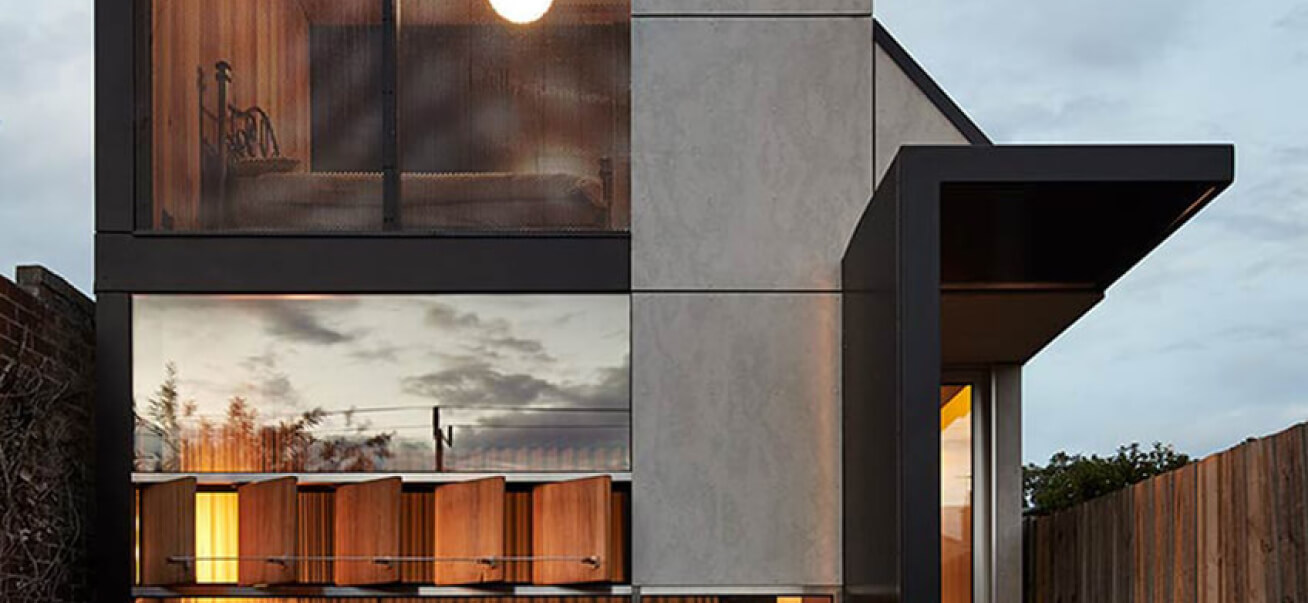- By admin
- December 11, 2024
- No Comments
From Stress to Serenity: Harnessing the Power of Crystals for Anxiety and Depression
In today’s fast-paced world, managing anxiety and depression has become a significant challenge for many. While traditional treatments are essential, many people are turning to alternative therapies like crystals for anxiety and crystals for depression to complement their healing journey. These natural gemstones are believed to possess unique energies that can help balance emotions and promote inner peace. In this article, we will explore the best crystals for anxiety and crystals for depression, and how they can be used to enhance mental well-being.
Introduction to Crystals for Anxiety and Depression
Crystals for anxiety and crystals for depression have been valued across cultures for centuries as tools for emotional balance and stability. These stones are believed to interact with the body’s energy field, or aura, helping to absorb negative energy while emitting positive vibrations. Although scientific evidence does not confirm their healing properties, many individuals find comfort in using crystals for anxiety and crystals for depression as a complementary practice alongside traditional treatments.
How Crystals Can Help with Anxiety and Depression
- Energy Alignment: Crystals are thought to help balance and align the body’s energy, which may contribute to a sense of calm and emotional stability, reducing feelings of anxiety.
- Emotional Support: Certain crystals, such as amethyst and rose quartz, are believed to promote self-love and mental clarity, offering emotional support during challenging times.
- Grounding Effects: Grounding stones like black tourmaline and hematite are said to foster a deeper connection to the Earth, helping to ease anxiety by creating a sense of stability and security.
What is Anxiety?
Anxiety is an emotion characterized by feelings of fear, dread, and uneasiness. It is often accompanied by nervous behavior, such as restlessness and somatic complaints, and can manifest as an overreaction to a situation perceived as menacing.
Anxiety differs from fear in that it involves anticipation of future threats rather than immediate ones.
Symptoms of Anxiety
Symptoms of anxiety can be psychological, emotional, or physiological. Common symptoms include:
- Psychological Symptoms: Difficulty concentrating, rumination, and obsessive thoughts about perceived dangers.
- Emotional Symptoms: Feelings of apprehension, irritability, and restlessness
- Physiological Symptoms: Rapid heartbeat, sweating, trembling, nausea, and gastrointestinal issues.
Can Anxiety Lead to Depression?
Anxiety and depression are highly correlated, with anxiety often predicting later depression. This relationship is partly mediated by avoidance behaviors, where individuals may limit their exposure to situations that provoke anxiety, potentially reducing positive life experiences and increasing the risk of depression.
Symptoms of Depression
Depression involves persistent feelings of sadness, hopelessness, and a lack of interest in activities once enjoyed. Symptoms can include:
- Mood Changes: Persistent sadness or irritability.
- Loss of Interest: Reduced pleasure in activities.
- Sleep Changes: Insomnia or excessive sleepiness.
- Appetite Changes: Significant weight loss or gain.
- Energy Changes: Fatigue or loss of energy.
Connection Between Anxiety and Depression
Anxiety disorders can increase the risk of developing depression, as well as substance use disorders.
The comorbidity of anxiety and depression often results in greater chronicity and severity of symptoms, impacting daily functioning and quality of life.
In summary, anxiety is a common emotion that can escalate into anxiety disorders, which may lead to depression due to shared underlying mechanisms and avoidance behaviors. Both conditions require professional treatment to manage symptoms effectively.
How to Select Your Crystal for Anxiety and Depression
When choosing crystals for anxiety or crystals for depression, it’s essential to start by understanding what you’re seeking to balance within yourself. This self-awareness will help guide you in selecting the right crystal to support your emotional needs.
- Identify Your Needs: Reflect on whether you’re looking for calmness, emotional healing, or protection. This will help you determine which crystals for anxiety or crystals for depression might be most beneficial. For example, if you’re struggling with anxiety, amethyst or black tourmaline might be suitable choices.
- Trust Your Intuition: Allow your intuition to guide you in selecting a crystal. If a particular stone catches your eye or you feel drawn to it, trust that your subconscious is leading you to the right choice. Many people find that their intuition helps them connect with the crystal’s energy.
- Create a Connection: Once you’ve chosen your crystal, take time to connect with it. Hold it, meditate with it, or simply keep it nearby to begin forming a bond. This connection can enhance the crystal’s perceived benefits.
Best Crystals for Anxiety
When it comes to managing anxiety, certain crystals are more effective than others. Here are some of the most popular crystals for anxiety:
- Amethyst: Known for its calming properties, amethyst is a popular choice for reducing stress and anxiety. It helps to quiet the mind and promote clarity, making it an excellent crystal for anxiety relief.
- Rose Quartz: This stone of love promotes self-love and self-worth, which can be particularly beneficial for those experiencing anxiety due to negative self-perception. Rose quartz is often used as a crystal for anxiety to foster emotional healing.
- Black Tourmaline: This protective stone helps to ward off negative energy, promoting a sense of grounding and stability. It is highly recommended as a crystal for anxiety to release negative emotions.
- Citrine: Known as the ‘sunshine stone’, citrine is uplifting and can help boost mood and confidence. It is often used as a crystal for anxiety to promote positivity and joy
Best Crystals for Depression
For those struggling with depression, certain crystals are believed to offer emotional healing and balance. Here are some of the most effective crystals for depression:
- Lepidolite: This calming crystal is rich in lithium and is said to promote emotional balance and stability. It is often used as a crystal for depression to reduce stress and anxiety.
- Amethyst: In addition to its calming effects on anxiety, amethyst is also a popular crystal for depression. It helps to reduce stress and promote inner peace.
- Rose Quartz: By promoting self-love and self-acceptance, rose quartz is a valuable crystal for depression. It helps to heal emotional wounds and foster a positive self-image
- Kunzite: Known for its ability to promote emotional healing, kunzite is a powerful crystal for depression. It helps to address the root causes of anxiety and depression.
How can I incorporate crystals into my daily routine for anxiety relief
Using crystals for anxiety and crystals for depression can be simple and effective. Here are some ways to incorporate these stones into your daily routine:
- Carry Them With You: Keep a small crystal for anxiety or crystal for depression in your pocket or bag to maintain a sense of calm throughout the day.
- Wear as Jewelry: Wearing crystals for anxiety or crystals for depression as jewelry can keep their energy close to your body, promoting emotional balance1.
- Place in Environment: Position crystals for anxiety or crystals for depression in your home or workspace to create a positive energy environment.
The Role of Chakras in Crystal Healing
Crystals often work by interacting with the body’s chakras, or energy centers. For those struggling with anxiety and depression, balancing the chakras can be particularly beneficial. Here are some chakras and the crystals for anxiety and crystals for depression that can help:
- Heart Chakra: Associated with love and emotional healing, the heart chakra can be balanced using crystals for depression like rose quartz and rhodonite
- Root Chakra: Linked to feelings of safety and grounding, the root chakra can be balanced using crystals for anxiety like black tourmaline
- Third Eye Chakra: This chakra is associated with intuition and mental clarity. Crystals for anxiety like amethyst and lapis lazuli can help balance this energy center.
How to Care for Your Crystal
After bringing your crystals for anxiety or crystals for depression home, it’s important to cleanse them to remove any negative energy they may have absorbed.
Cleansing Methods
- Running Water: Hold your crystal under cold, running water to cleanse it. This method is gentle and effective for most crystals.
- Sea Salt: Immerse your crystal in a bowl of sea salt for several hours. This is a powerful way to purify the crystal’s energy.
- Sunlight or Moonlight: Place your crystal in sunlight or moonlight to charge and cleanse it. Sunlight is energizing, while moonlight is calming.
- Smudging: Use sage or other herbs to smudge your crystal, purifying its energy and removing negative influences.
Charging Your Crystal
In addition to cleansing, you can also charge your crystal to enhance its energy:
- Sunlight: Place your crystal in direct sunlight to infuse it with positive energy.
- Moonlight: Charge your crystal under moonlight for a calming and soothing effect.
- Intention Setting: Hold your crystal and set a clear intention for its use, such as promoting calmness or emotional healing.
By following these steps, you can ensure your crystals for anxiety and crystals for depression remain effective and supportive in your healing journey.
Additional Tips for Using Crystals:
- Meditate with Crystals: Hold your crystal during meditation to enhance its calming effects and connect with its energy.
- Wear Crystal Jewelry: Wear crystals for anxiety or crystals for depression as jewelry to keep their energy close to your body.
- Place in Environment: Position crystals in your home or workspace to create a positive energy environment that supports emotional balance.
By incorporating these practices into your daily routine, you can harness the supportive energy of crystals for anxiety and crystals for depression to enhance your emotional well-being.
Popular Crystals for Anxiety and Depression:
Conclusion
While crystals for anxiety and crystals for depression should not replace professional medical treatment, they can be a valuable complementary therapy. By understanding how these stones work and incorporating them into your daily routine, you can enhance your mental well-being and move towards a more serene state of mind. Whether you are seeking crystals for anxiety or crystals for depression, there are numerous options available to support your journey towards emotional balance and inner peace.
In conclusion, crystals for anxiety and crystals for depression offer a holistic approach to managing mental health. By harnessing the power of these natural gemstones, individuals can find additional support in their healing journey. Whether you choose to use crystals for anxiety like amethyst or crystals for depression like lepidolite, remember that these stones are meant to complement, not replace, professional treatment. As you explore the world of crystals for anxiety and crystals for depression, you may find that they become a valuable tool in your quest for serenity and well-being.
Summary of Key Points:
- Crystals for Anxiety: Amethyst, Rose Quartz, Black Tourmaline, and Citrine are popular choices.
- Crystals for Depression: Lepidolite, Amethyst, Rose Quartz, and Kunzite are highly recommended.
- Using Crystals: Carry them, wear as jewelry, or place in your environment.
- Chakra Balancing: Use crystals to balance the heart, root, and third eye chakras for emotional healing.
By embracing crystals for anxiety and crystals for depression, you can take a step towards a more balanced and peaceful life. Remember, these stones are not a substitute for professional help but can be a supportive companion on your journey to serenity.
Frequently Asked Questions
Crystal healing is a holistic, complementary therapy that uses natural crystals and gemstones to promote relaxation, balance, and vitality. It is based on the belief that crystals can interact with the body's energy fields to support physical, emotional, and spiritual healing
Proponents believe that crystals act as conduits for healing energy, helping to balance the body's energy centers or chakras. This is rooted in traditional Eastern concepts like chi or life force
There is no scientific evidence to support the healing claims of crystal therapy. Any benefits are often attributed to the placebo effect or relaxation response
There is no scientific evidence to suggest that crystals possess chemical properties that directly aid in reducing anxiety and depression. Instead, their perceived benefits are often attributed to metaphysical beliefs or the placebo effect. Many people find comfort in using crystals as a complementary therapy to promote relaxation and emotional balance, but they should not replace professional medical treatment for anxiety or depression.
Yes, crystal healing can be used alongside other holistic therapies like meditation or traditional medical treatments to support overall well-being





